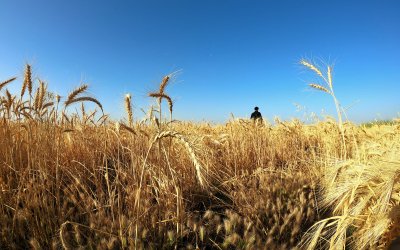Iraq is projected to be among the five countries hardest hit by the impact of climate change. The country is already witnessing depreciating water supply and accelerating desertification, leading to the loss of as much as 60,000 acres of arable land each year, according to Iraqi government and United Nations sources. These climate phenomena threaten the livelihoods and food security of Iraq’s population of an estimated 43 million, creating conditions for displacement, instability and a deterioration of social cohesion. The water crisis has grown steadily amid severe drought, upstream damming practices in Turkey and Iran, and increased domestic consumption within Iraq’s borders.
The impact of climate change grows with each passing year, and so does Iraq’s population — projected to reach 80 million by the year 2050 — while the country’s resources are decreasing. Temperatures in Iraq are rising roughly seven times faster than the global average, which diminishes water levels through evaporation. By the end of the century, water levels in the Tigris and Euphrates rivers will likely decline by a minimum of 30 percent and up to 70 percent, necessitating long-range planning of resource management, particularly in agricultural areas. The loss of agricultural livelihoods in water-scarce regions has already accelerated migration across Iraq’s southern and central provinces and provoked local-level disputes over water sharing. As of September 2023, the International Organization for Migration estimated that 130,788 individuals remained displaced due to factors related to drought conditions and acute water scarcity.
To read the full article, which is co-written by USIP and IRIS researchers, access it on the United States Institute of Peace (USIP) website.

 ,
,  ,
, 







